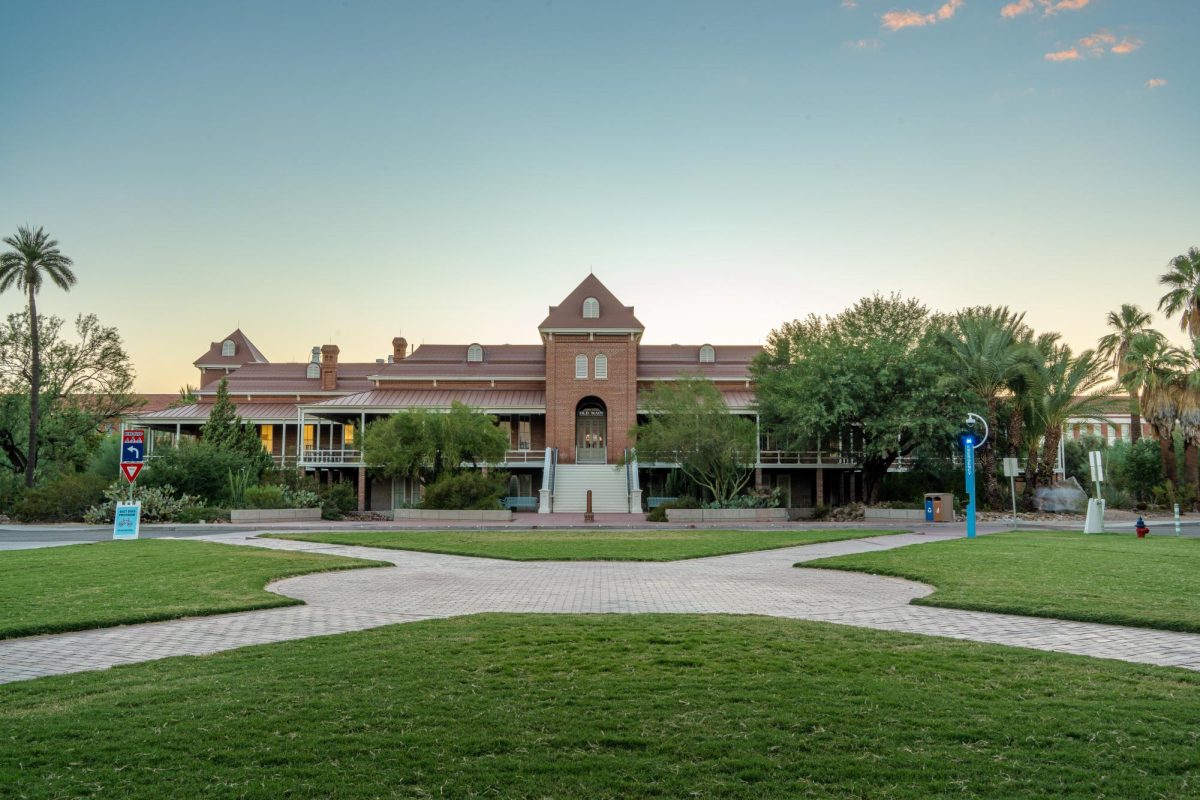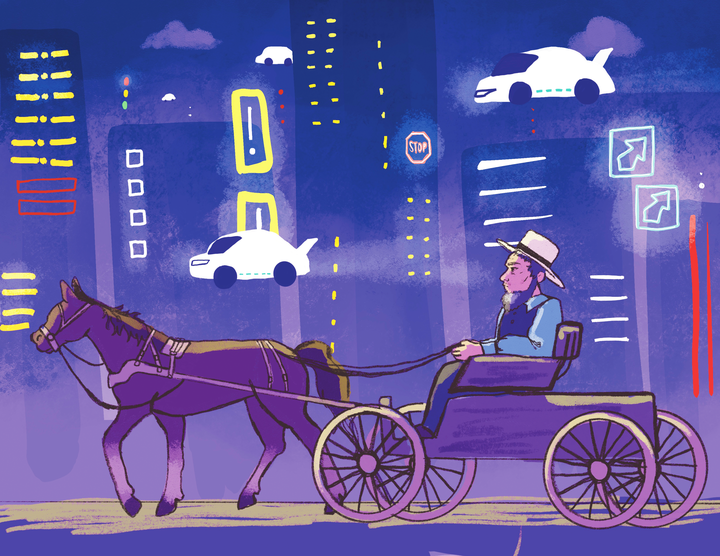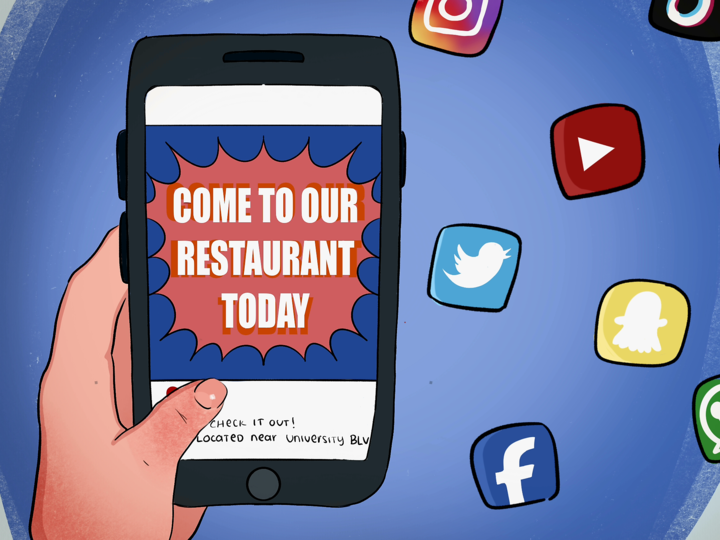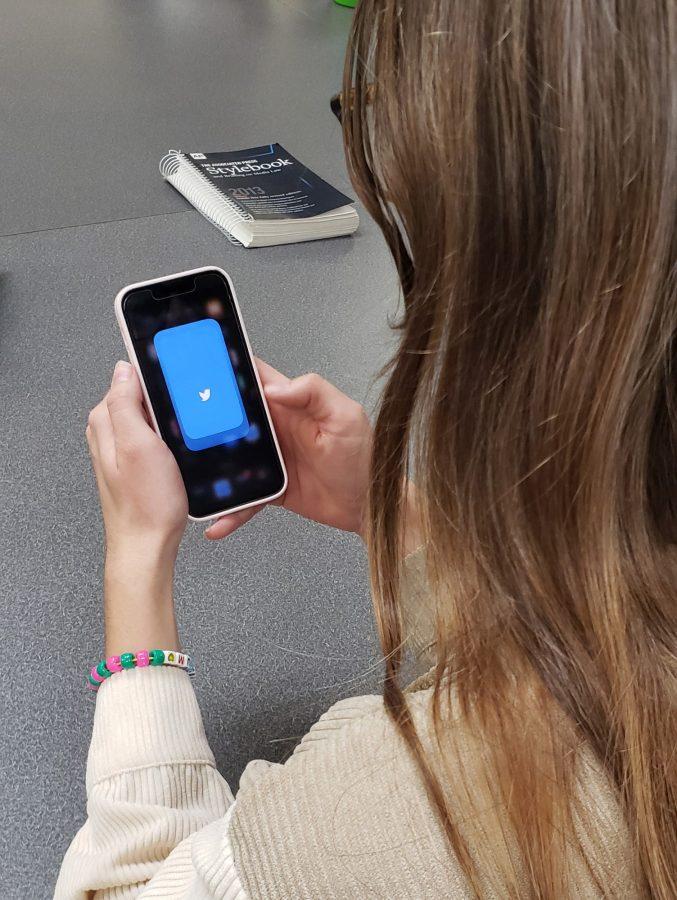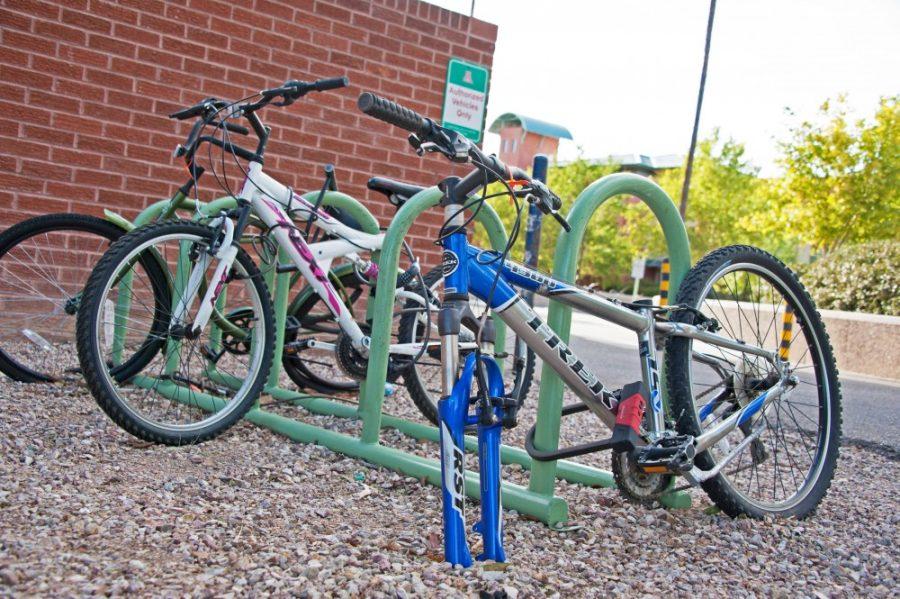When people look back on when they were a college student, they often get nostalgic for happier days. They remember how they used to run into friends while walking through the university mall and deciding to hang out at the campus coffee shop. They remember how they used to bike to class and be free to lie on the grass to study for their next test or just take a breather. They remember how their old dorm packed them like sardines, but it made them closer to their neighbors and closer to all that their university campus had to offer. They remember that it was as if everything you needed was a short walk away and how the whole place feels like it was designed to get you to meet your fellow students in this exciting chapter of your life.
Maybe the reason that Americans tend to get nostalgic for this kind of environment is because we almost never see any of this happen outside of a university campus.
After graduation, students will leave the grassy campus and brick buildings behind to put their education to use in their careers of choice. Most of these people will assimilate into the city-dwelling culture we have, commuting from one end of the city to the other in order to get to work and relying on a car when they need to reach everyday places such as the grocery store, the gym or a friend’s home. The suburban sprawl can be taxing in this age of stress and anxiety, so it’s no wonder why people think back to days when things weren’t like this.
But is this something we have to accept? Are we as Americans forced to acknowledge that we will always be isolated from each other? That we will never get a real chance to know our neighbors? That the only way to get around a city efficiently is with a two ton, money-guzzler in the garage?
Most of us don’t struggle with those questions because the idea of living in a walkable area isn’t familiar to a lot of Americans. So what would such an opportunity offer us that makes it so great?
Well, the obvious externality of more people getting around town by more sustainable means is the extra physical activity. A little strolling to get around never hurt anyone; this environment might even make a good excuse to break out a bike or a skateboard. With all these fancy modes of transport comes all those fancy chemicals like endorphins and the better mental health effects that they bring with them. A more connected city isn’t just a pathway to good physical health, but mental health as well.
There are obvious benefits for the environment to be found in a world less reliant on cars too. The number of cars in the United States is more than twice the population of Mexico. Imagine how much smog, not to mention money, could be saved if the places we lived in were no longer designed with the assumption that everyone and their dog owned a car.
Places with high walkability also bring with them the underrated possibilities of celebrating what lies on the journey, not just the destination. Walking from place to place allows you to partake in what would merely be roadside eye candy if you were using a car. My personal favorite example is the turtle pond here at the University of Arizona, but these places can be any point of convergence for the community where people can get together, like a coffee shop or a park. Places where communities are built and bolstered by shared experiences and fun.
Finally, living in a walkable area can put the neighbor back in the neighborhood. At times, it feels like people know less today about who lives on their block than ever before, and it’s easy to see why when cities are built to put distance between us. Perhaps it’s time that going forward, urban planners should think back to their college days and listen to the growing number of people who yearn for a healthier, cleaner and happier place to live. A place for the people who yearn for an escape from the suburban sprawl.
Follow the Daily Wildcat on Instagram and Twitter/X

Ian Stash is a junior studying Journalism at the University of Arizona. In his free time, he loves video games and chilling with his cats.



